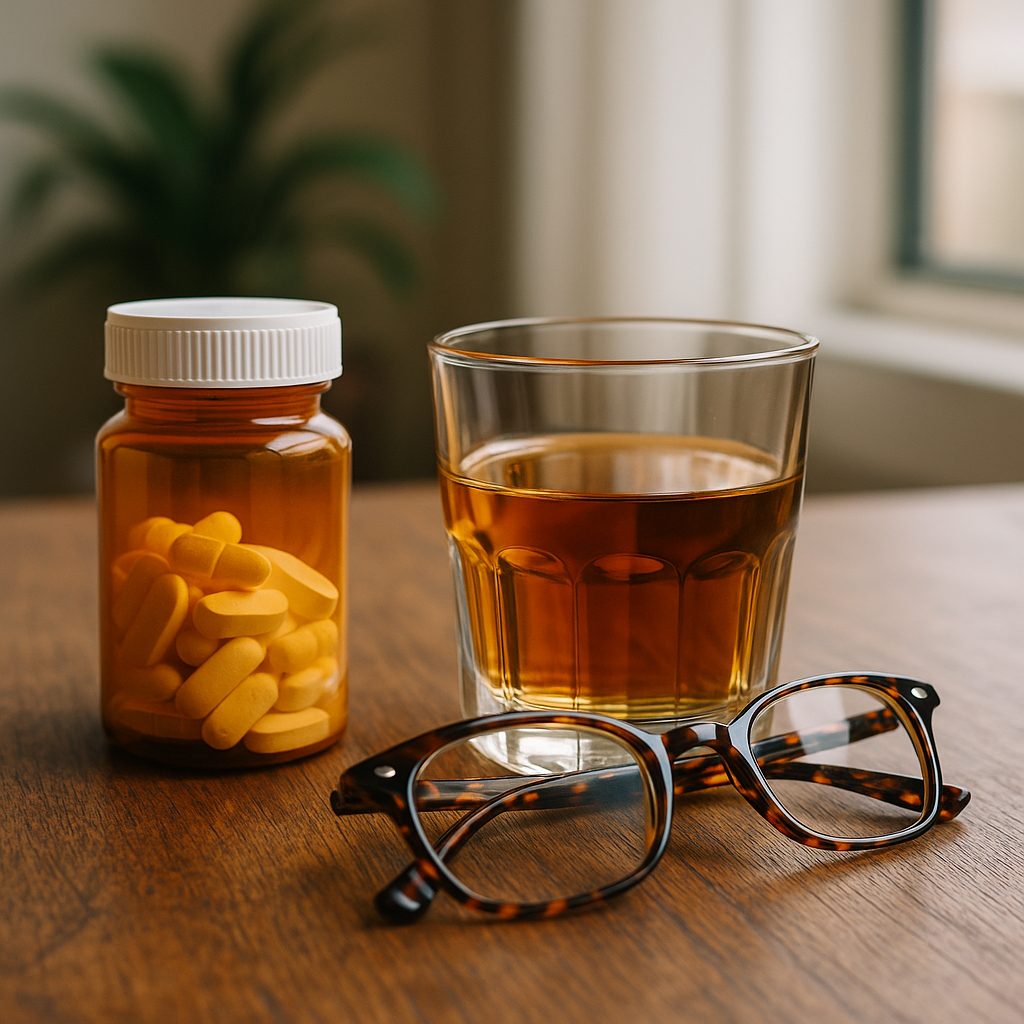Last Updated on October 28, 2025
Key takeaways
Austin offers a full continuum of care—medical detox, residential/inpatient, PHP, IOP, and standard outpatient—so treatment can match medical and daily‑life needs.
Start fast with trusted entry points. Use FindTreatment.gov to scan options, call or text 988 for crisis support, and contact OSAR for free screening and referrals.
Care is evidence‑based. Programs commonly use CBT, motivational interviewing, and family work, and many offer medications for alcohol and opioid use disorders.
Co‑occurring needs matter. Ask how a program addresses mental health, primary care, and social supports like housing or work.
Insurance often applies. Most providers verify benefits; OSAR can connect eligible residents to state‑funded services; many programs have sliding‑scale or self‑pay options.
Check quality and safety. Confirm Texas licensure and reputable accreditation, and review staff credentials and emergency protocols.
Fit drives results. An assessment should determine level of care; consider schedule, location, and recovery housing.
Plan beyond discharge. Strong programs include step‑down care, peer support, and relapse‑prevention planning.
Compare before deciding. Visit more than one program, ask detailed questions, and request a written plan and cost estimate.
Keep harm‑reduction tools on hand. Naloxone helps prevent opioid overdose while treatment and recovery are underway.
Table of Contents
How treatment in Austin is organized
Austin sits within a statewide network of services overseen by Texas Health and Human Services (HHS). Adults can access withdrawal management, residential, outpatient, and medication‑assisted treatment; youth services are also available through HHS.
For a simple starting point, use FindTreatment.gov (search by ZIP code) and the 988 Lifeline for crisis support.


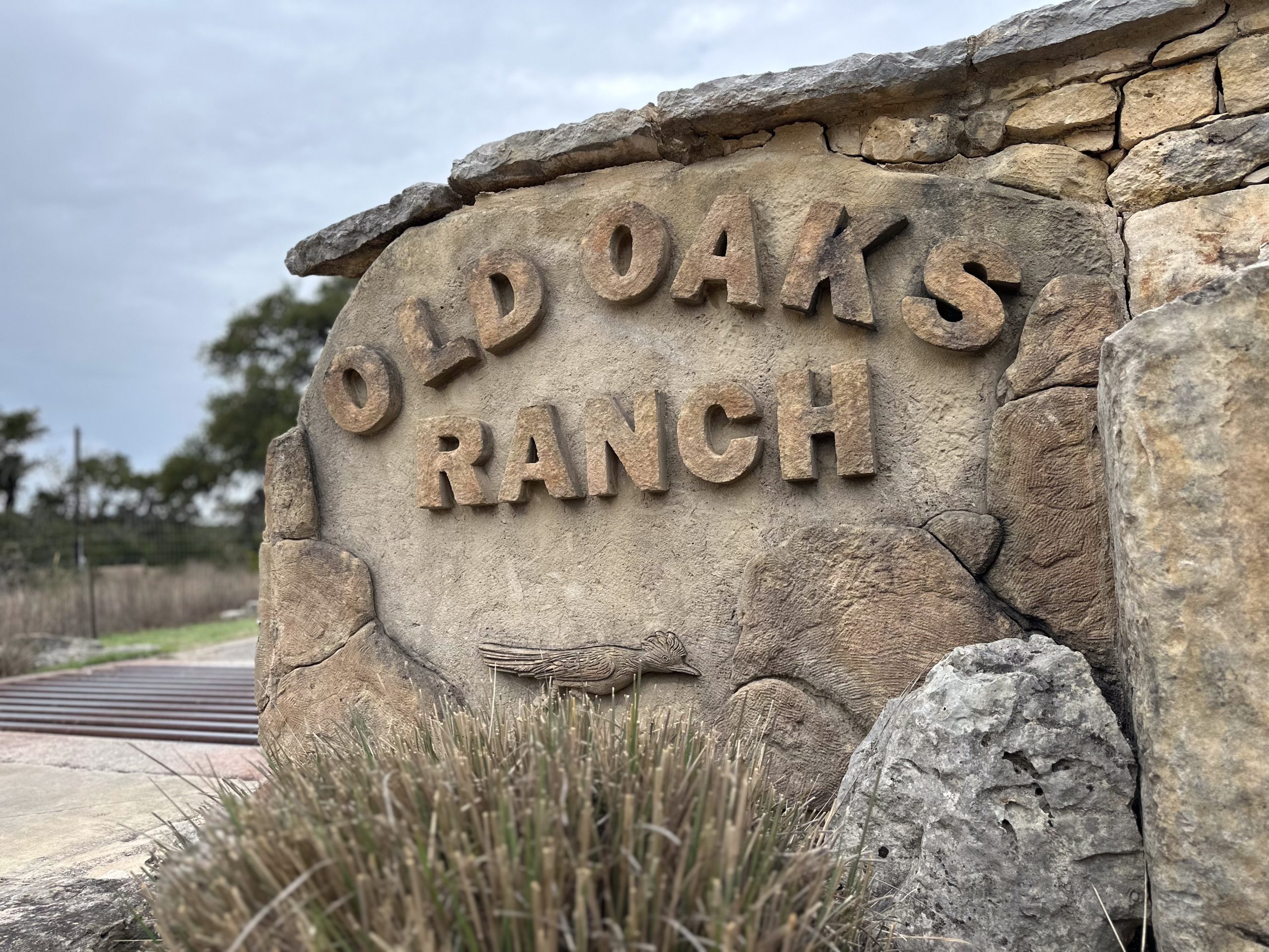
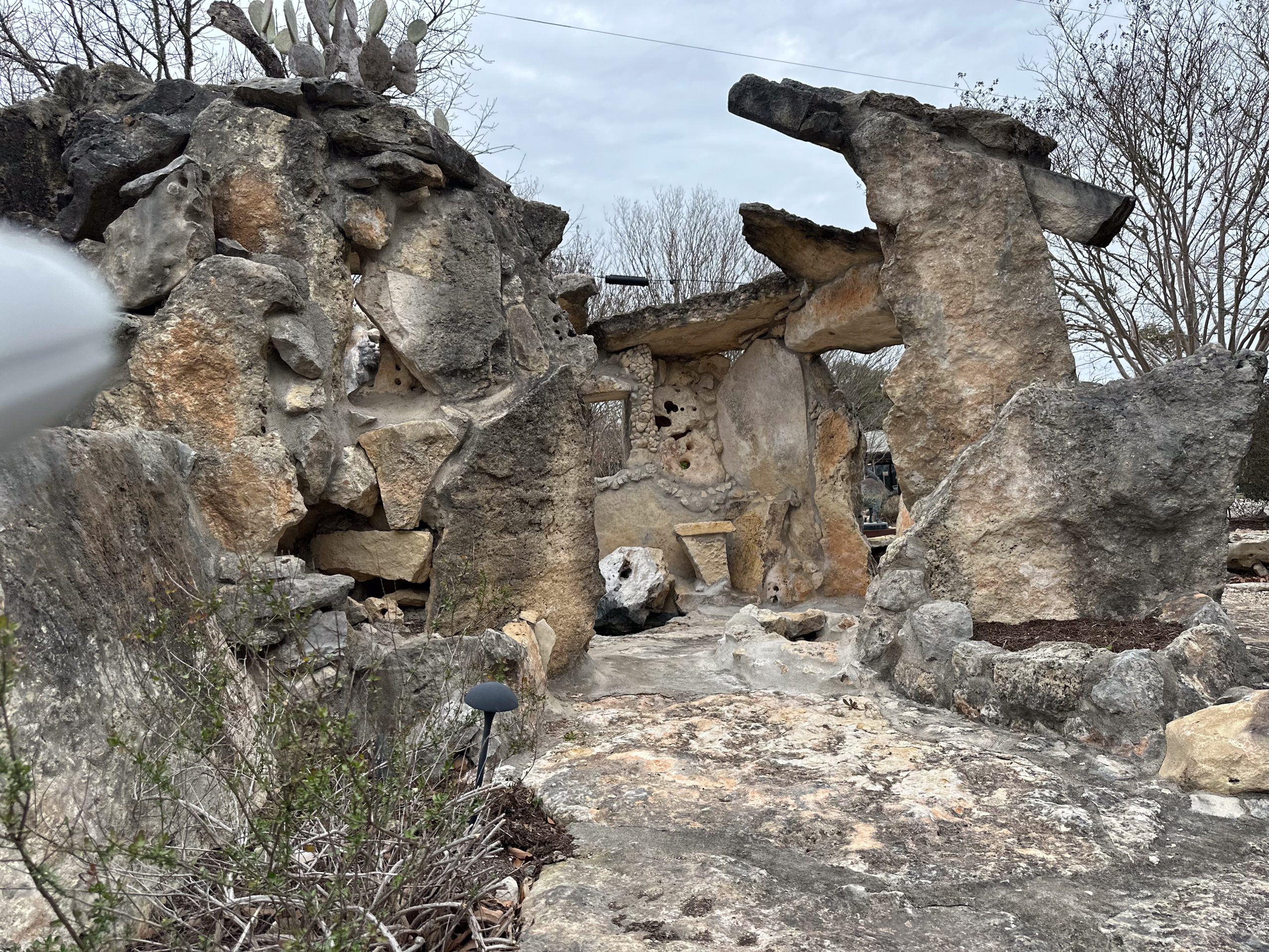

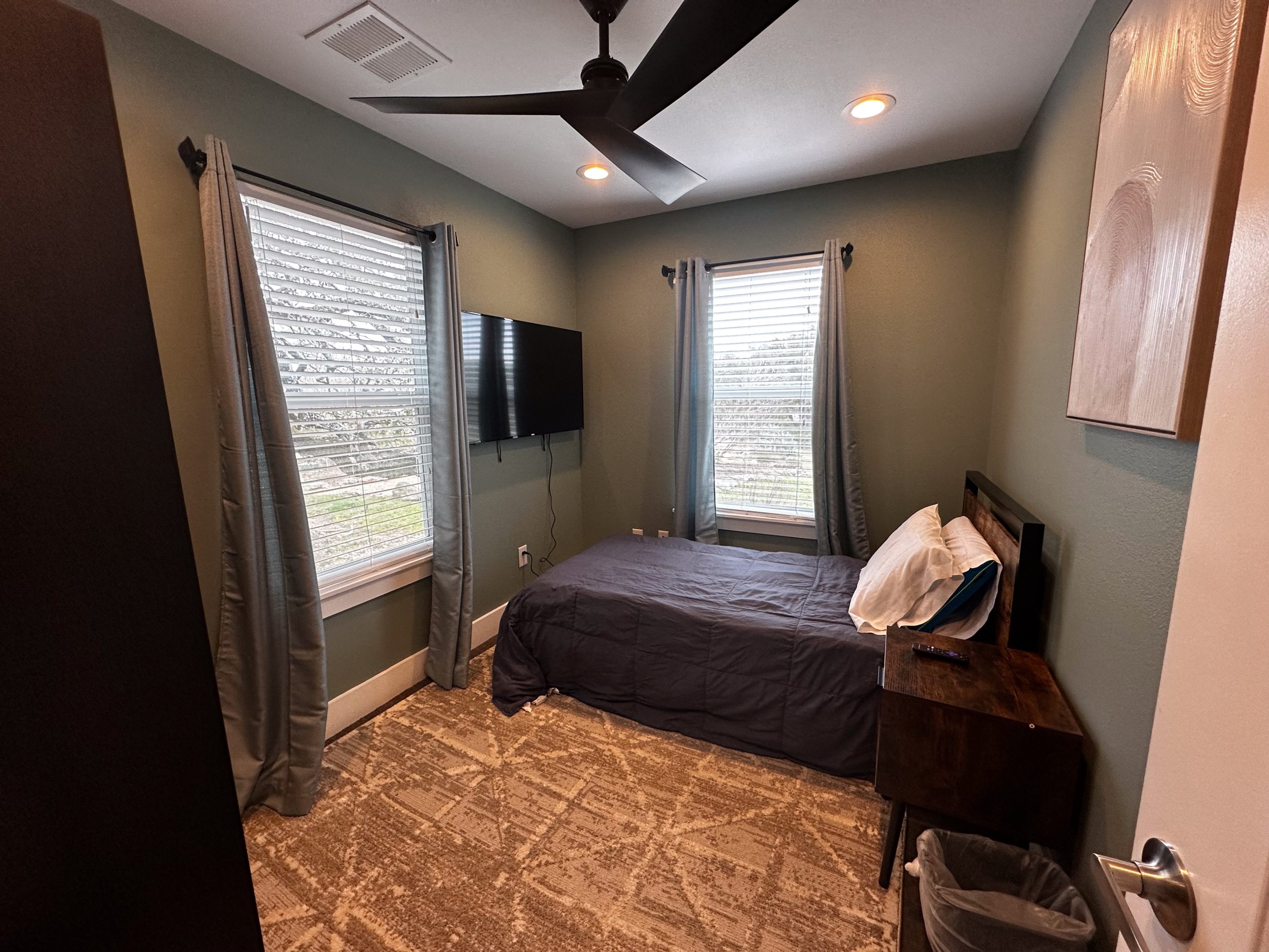

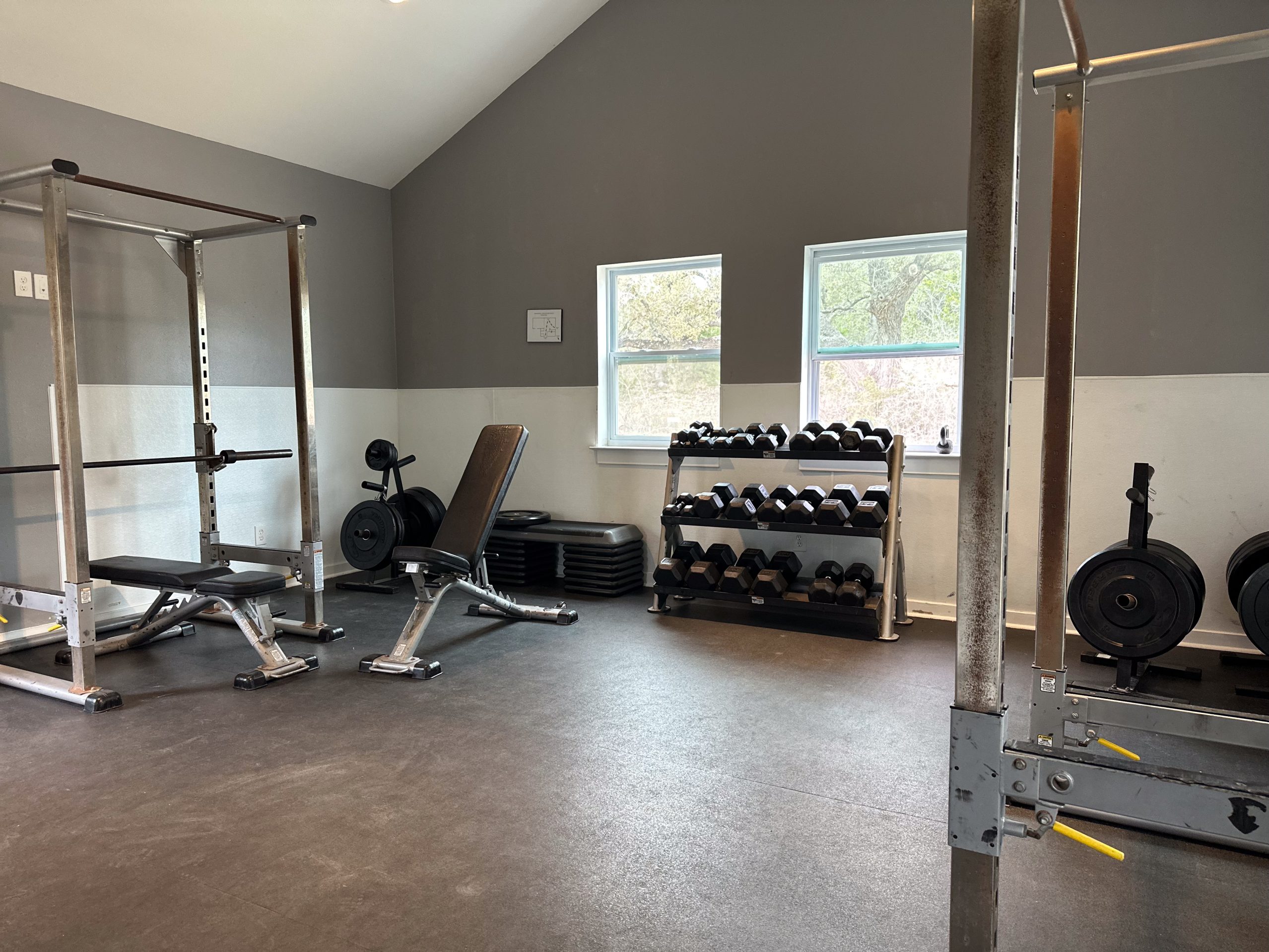
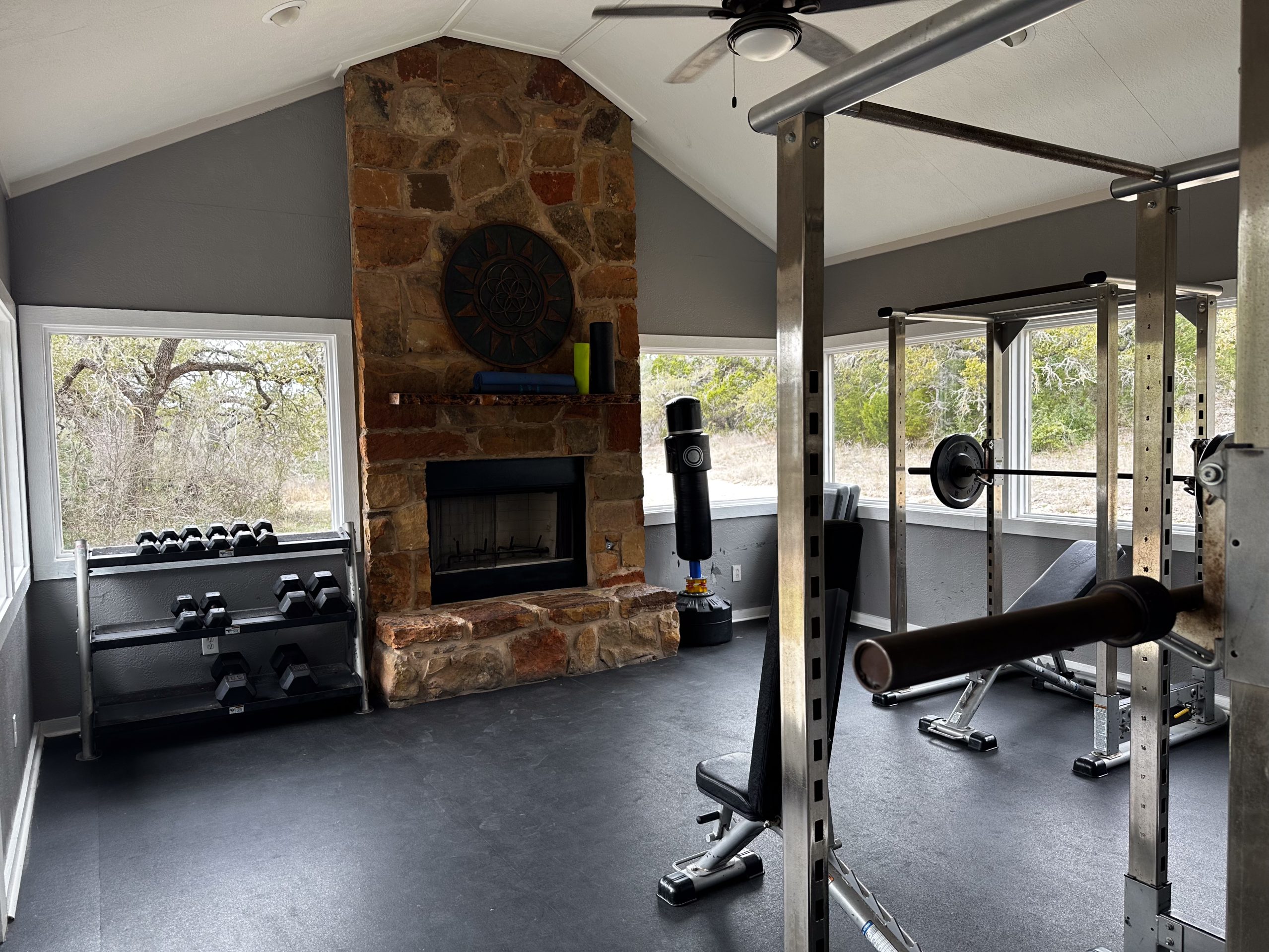

Texas also funds OSAR (Outreach, Screening, Assessment, and Referral). OSAR is a front door for people who want help understanding options—even if they are unsure what level of care they need or how to pay. Central Texas’ community providers (e.g., Bluebonnet Trails) operate OSAR programs.
Levels of care you’ll see in Austin
The right level depends on medical risk, withdrawal needs, mental health, and daily stability.
Medical Detox (Withdrawal Management)
Short‑term, medically supervised care that manages alcohol or drug withdrawal. It stabilizes you for the next step in treatment. Detox alone is not treatment; it’s the first stage. If alcohol or drug withdrawal is likely, start with our medical detox in Austin to stabilize before stepping into rehab.
Residential / Inpatient Rehab
24/7 structured care in a live‑in setting. Good for higher‑acuity needs, limited support at home, or when triggers are hard to avoid. Many Austin programs pair therapy with skills training and family work. For higher‑acuity needs or limited support at home, explore our residential inpatient rehab in Austin (90‑day) for full‑time structure and care.
Partial Hospitalization Program (PHP)
Daytime treatment (often 5–6 hours per day, several days per week) with evenings at home or in recovery housing. Often used as a step‑down from inpatient or a step‑up from outpatient.
Intensive Outpatient Program (IOP)
Structured therapy several days per week while living at home. Works well when medical risk is lower and home is stable. Many Austin providers run local IOP groups. When you need flexibility with strong support, see our Intensive Outpatient Program (IOP) in Austin for schedules and what to expect.
Standard Outpatient and Recovery Supports
Weekly therapy, peer support (AA/NA/DRA, etc.), and recovery coaching. Often paired with medication, primary care, or mental‑health counseling.
Freedom Starts Here. Take Back Your Life Today.
Same-Day Admissions in Austin Available.
What care actually includes
Evidence‑based therapies
Programs use approaches such as cognitive behavioral therapy (CBT), motivational interviewing, contingency management, and family‑based therapies. These methods are supported by federal guidance from NIDA and SAMHSA.
Medication‑assisted treatment (MAT/MOUD/MAUD)
Medications can treat alcohol use disorder (acamprosate, disulfiram, naltrexone) and opioid use disorder (buprenorphine, methadone, naltrexone). These medications, combined with counseling, reduce cravings and overdose risk. You can search for authorized buprenorphine prescribers by city.
Whole‑person and family care
Effective treatment screens for co‑occurring mental health issues and addresses social needs (housing, work, legal). Family education and involvement are common features.
How to choose an Austin program
Clinical fit
Ask how the program decides level of care (assessment tools, medical review).
Confirm they treat your primary substance and any co‑occurring conditions.
Request examples of evidence‑based practices and how progress is measured.
Safety and quality
Look for Texas‑licensed Chemical Dependency Treatment Facilities and reputable accreditation.
Ask about medical coverage, emergency protocols, and staff credentials.
Practical details
Location, transportation, availability of evening or virtual options.
Recovery housing or sober‑living referrals after discharge.
Visit more than one program when possible.
Cost and payment
Many providers verify benefits and work with major insurers.
Texas‑funded services and sliding‑scale options are available for eligible residents.
Freedom Starts Here. Take Back Your Life Today.
Same-Day Admissions in Austin Available.
Paying for rehab in Austin
Insurance
Employer plans, Marketplace policies, and many Medicaid/Medicare plans include addiction treatment benefits. Austin providers commonly help verify coverage and explain in‑network options.
State‑supported paths
If you lack insurance or have limited means, contact OSAR. Counselors screen, assess, and refer you to state‑funded detox, residential, or outpatient care when you qualify. You can also dial 2‑1‑1 Texas for help navigating local options.
Private pay and sliding scale
Some providers offer self‑pay packages and sliding‑scale fees. Ask for a written estimate that covers assessment, clinical services, and medications.
What to expect, step by step
Intake and assessment
You begin with a clinical assessment to determine the right level of care and build a personalized plan. Screening typically covers substance use history, mental health, medications, and safety.
A structured day
Depending on level, your day may include group therapy, individual sessions, medication management, skill practice, and wellness activities. Residential programs add supervised living and structured routines; PHP/IOP programs run in blocks while you live at home.
Aftercare and relapse prevention
Effective programs plan for what happens after treatment—step‑down care, recovery housing, peer meetings, family supports, and continued medication when indicated.
How Nova Recovery Center Supports Alcohol Recovery in Austin
Nova Recovery Center offers a clear path for people in Austin who want help with alcohol addiction. If withdrawal is a concern, they coordinate 24/7 medically supervised detox in Austin through their sister program, Briarwood Detox Center, and provide a direct hand‑off into treatment. For those who need more structure, the Wimberley campus runs a 90‑day residential program that blends individual and group therapy, relapse‑prevention work, and family involvement. When life requires flexibility, the Austin intensive outpatient program typically lasts about eight weeks and offers day and evening groups. Nova Recovery Center Near Austin Texas Across levels of care, clinicians use evidence‑based methods such as cognitive behavioral therapy, dialectical behavior therapy, contingency management, and 12‑step facilitation. When appropriate, medication‑assisted treatment can be added for alcohol use disorder—using options like naltrexone or acamprosate—alongside counseling. After residential or IOP, Nova helps maintain momentum with step‑down care and connections to sober‑living homes in Austin. Admissions staff can verify insurance and, when space allows, arrange same‑day starts to reduce delays. Put together, these services offer a practical route from detox to long‑term stability for people seeking help with alcohol addiction.
Other Drug and Alcohol Rehab Locations
Medical Disclaimer
The information on this page is intended for educational and informational purposes only and should not be used as a substitute for professional medical advice, diagnosis, or treatment. Addiction and substance abuse concerns should always be evaluated and managed by qualified healthcare professionals. Do not start, stop, or modify any prescribed medication or treatment plan without consulting your doctor or a licensed medical provider. If you experience severe withdrawal symptoms, worsening health issues, or thoughts of self-harm, call 911 immediately. For free and confidential emotional support, contact the 988 Suicide & Crisis Lifeline, available 24 hours a day in the United States.
Frequently Asked Questions About Austin Alcohol & Drug Rehab
Program length varies by need and level of care. Many programs run 30, 60, or 90 days, with longer stays used for complex cases or step‑down care. Evidence‑based guidance emphasizes matching intensity to clinical needs rather than a fixed number of days.
Treatment usually includes an assessment, a structured daily schedule, individual and group therapy, education, relapse‑prevention planning, and coordinated aftercare. Residential programs provide 24/7 support; outpatient programs deliver similar services on a part‑time basis.
Medical detox manages withdrawal and monitors safety. You’ll be evaluated, stabilized, and prepared for ongoing treatment. Detox is a first step—not a complete treatment plan.
Most health plans include benefits for substance use disorder treatment, but coverage and out‑of‑pocket costs vary by plan, network, and level of care. Verify benefits with your insurer and the treatment provider.
Many people use intensive outpatient (IOP) or standard outpatient programs so they can keep working or attending school while receiving care. Ask about evening or virtual options.
Costs range widely. In general, outpatient programs cost less than residential care; final costs depend on length of stay, services, and insurance coverage. Request a written estimate from the provider.
For adults, involuntary treatment depends on state law and specific safety criteria. For minors, parents/guardians have broader authority to consent to treatment. Consult local regulations before acting.
Use FindTreatment.gov to filter by location, payment options, and level of care. In Texas, you can also contact state services to learn about local and funded options.
Look for programs that use evidence‑based therapies, track outcomes, involve family when appropriate, and are licensed/accredited. NIAAA’s Navigator lists key questions to ask providers.
For alcohol use disorder, FDA‑approved options include naltrexone, acamprosate, and disulfiram. For opioid use disorder, medications include buprenorphine, methadone, and naltrexone; these are most effective when combined with counseling.
Yes. Texas Health and Human Services supports adult substance‑use services (e.g., withdrawal management, residential, outpatient, and medication‑assisted treatment). Eligibility and availability vary; contact the state or local providers for details.


